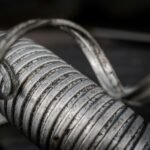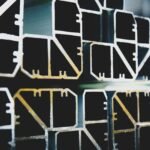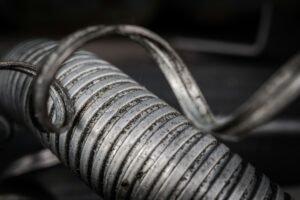📐 Metallurgical Structure:
- Ferrite: Soft, magnetic, low carbon
- Pearlite: Lamellar structure of ferrite + cementite
- Martensite (from quenching): Very hard, brittle
- Microstructure varies with heat treatment and carbon %
⚙️ Heat Treatments:
- Annealing: Softens steel, relieves stress
- Normalizing: Refines grain, improves strength
- Quenching + Tempering: Hardens and then toughens
- Case Hardening: Surface hardness with ductile core
🧪 Mechanical Properties:
- Tensile Strength: Ranges from ~400 MPa (mild steel) to 1000+ MPa (hardened steel)
- Hardness: Increases with carbon %, but so does brittleness
- Weldability: Best in low-carbon steels; higher carbon = more brittle welds
📏 Standards & Grades:
- ASTM (e.g., A36, AISI 1018, 1045, 1095)
- JIS (e.g., S45C)
- EN (e.g., C45E, S355JR)
- GB (China): Q195, Q235, Q345 series
🧰 Surface Finishes:
- Hot Rolled (HR)
- Cold Rolled (CR)
- Galvanized (GI or HDG)
- Pickled & Oiled (P&O)
- Black or Bright Bar finishes
🧭 Challenges & Considerations:
- Corrosion resistance: Poor unless coated or alloyed
- Machinability: Decreases with carbon content
- Heat sensitivity: Dimensional changes after welding or machining
- Microcracks: High-carbon steels can be brittle if improperly treated



